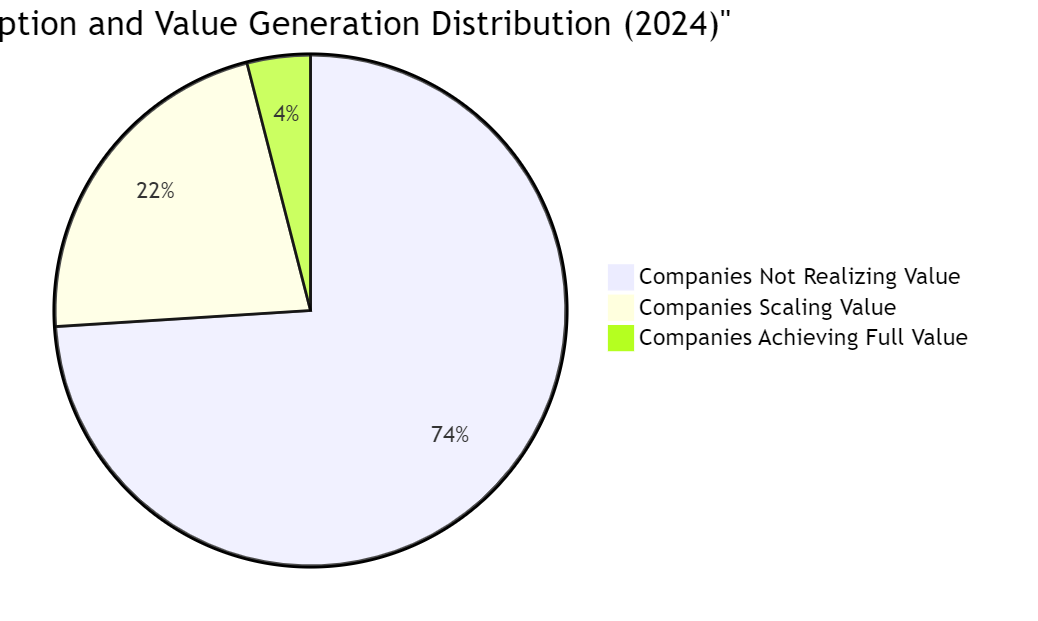Quadrant Note-Taking: An AI Prompt to Short Circuit Brain Engagement #EduSky

Ok, before you get mad at me, the last thing I want to do is short circuit brain engagement. After all, that’s the WHOLE point of note-taking. But as an educator, I don’t want to spend hours reading and making advance organizers reflecting a particular note-taking strategy like quadrant note-taking.
The quadrant note-taking system offers a structured and efficient approach to help you retain information and enhance comprehension. This method uses visual organization and cognitive strategies to significantly improve memory retention, making it an invaluable tool for students, professionals, and lifelong learners alike. (source).
As I mentioned previously, quadrant note-taking has intrigued me. I am, of course, going to practice it with paper and pencil using my slow human brain, trying to see if it works as promised. However, I thought it might be fun to have an advance organizer that matches the format of a quadrant organizer. To that end, I decided to make a prompt.
Quadrant Note-Taking Organizer Prompt
Obviously, using an AI chatbot to generate your notes defeats the purpose of note-taking. The AI doesn’t need its brain engaged, yours does.
A First Draft of a Quadrant Note-Taking Prompt
My first draft of the prompt, adapting some of the language from the article I cited in the previous blog entry:
Make up some quadrant notes for the article that appears further below. Here are the instructions for quadrant note-taking I want you to follow, making sure to put the results in a markdown table with four quadrants. That is, two columns and two rows. Include the overarching topic for each quadrant as a heading 2 with bullet listing of notes (Use keywords, symbols, and brief phrases rather than full sentences). In quadrant four (column 2, row 2 cell), put a mermaid diagram of the main ideas only. Place information in the appropriate quadrant. Use color coding to further distinguish between categories or highlight key points.
Knowing that my prompt could be better, I decided to run it through the TCEA Prompt Guide Educator. That is a custom GPT tool I made with ChatGPT to improve my prompts. It features the MPAR rubric, which is an awesome rubric (which I generated separately after combining a variety of AI prompt development rubrics and prompt acronyms). I am super pleased with how this tool works.
Revised Prompt
A revised draft aligned to the MPAR rubric featured in the TCEA Prompt Guide Educator Custom GPT tool appears between the horizontal lines below. After trying it out on Perplexity and ChatGPT, it has been reworked a little and you can see the results following it.
Quadrant Note-Taking Expert System Prompt
Create quadrant notes following these refined guidelines:
- Structure
| **Quadrant 1 Title** | **Quadrant 2 Title** |
|-------------------------|-------------------------|
| • Key points | • Key points |
|-------------------------|-------------------------|
| **Quadrant 3 Title** | **Quadrant 4 Title** |
| • Key points | • Key points |
-
Content Guidelines:
- Use clear, simple language for complex terms
- Include key statistics and metrics
- Break down information into digestible bullets
- Ensure balanced content across quadrants
- Use consistent bullet point style
- Keep points concise (5-7 words ideal)
-
Formatting Rules:
- Use ## for quadrant headers
- Start bullets with •
- Include percentages and numbers
- Avoid lengthy sentences
- Use consistent punctuation
-
Follow with Mermaid Diagram:
graph TD A[Main Concept] --> B[Key Point 1] B --> C[Key Point 2] -
Organization Pattern:
- Q1: Statistics/Current State
- Q2: Benefits/Impact
- Q3: Industry/Performance Data
- Q4: Action Items/Next Steps
-
Best Practices:
- Balance quantitative and qualitative data
- Maintain consistent formatting
- Ensure logical flow between quadrants
- Keep related information grouped
- Include source metrics when available
This format ensures comprehensive note organization while maintaining readability and practical utility.—
Results
Here are the results from Perplexity for this article, Where’s the Value in AI?:
| ## Current AI Impact Stats | ## Time & Cost Savings |
|---|---|
| • Only 4% create substantial value | • Leaders: 74% save 1+ hours/day[6] |
| • 22% beyond proof-of-concept | • Employees: 46% save 1+ hours/day[6] |
| • 72% use AI in 1+ function | • Average: 2.5 hours saved daily[1] |
| • Market to reach $1.85T by 2030 | • 90% report fewer repetitive tasks[6] |
| • 40% of work hours impacted[1] | • 89% report fewer mistakes[6] |
| ————————– | ———————- |
| ## Industry Performance | ## Financial Benefits |
| • Fintech leads: 49% are AI leaders[5] | • 45% more cost reduction for leaders[5] |
| • Software sector: 46% adoption[5] | • 60% higher revenue growth[5] |
| • Banking: 35% adoption[5] | • $4.4T potential annual profit[7] |
| • Financial services: 52% revenue increase by 2030[8] | • 1.5x higher revenue for early adopters[5] |
graph TD
A[Current State] --> B[4% Advanced Users]
B --> C[22% Scaling Value]
C --> D[74% Still Learning]
D --> E[Future Potential]
E --> F[$4.4T Annual Impact]
Citations: [1] https://www.upwork.com/resources/how-is-ai-used-in-business [2] https://www.tribe.ai/applied-ai/measure-ai-roi [3] https://www.naahq.org/intelligence-ais-time-saving-benefits [4] https://www.thomsonreuters.com/en-us/posts/technology/early-ai-adopters-seeing-growth/ [5] https://www.bcg.com/press/24october2024-ai-adoption-in-2024-74-of-companies-struggle-to-achieve-and-scale-value [6] https://www.zoom.com/en/ai-assistant/resources/save-time-with-ai/ [7] https://www.mckinsey.com/mgi/overview/in-the-news/ai-could-increase-corporate-profits-by-4-trillion-a-year-according-to-new-research [8] https://www.businesswire.com/news/home/20241113432306/en/Financial-Services-leaders-believe-AI-integration-will-drive-52-revenue-increase-by-2030-new-Seismic-study-reveals